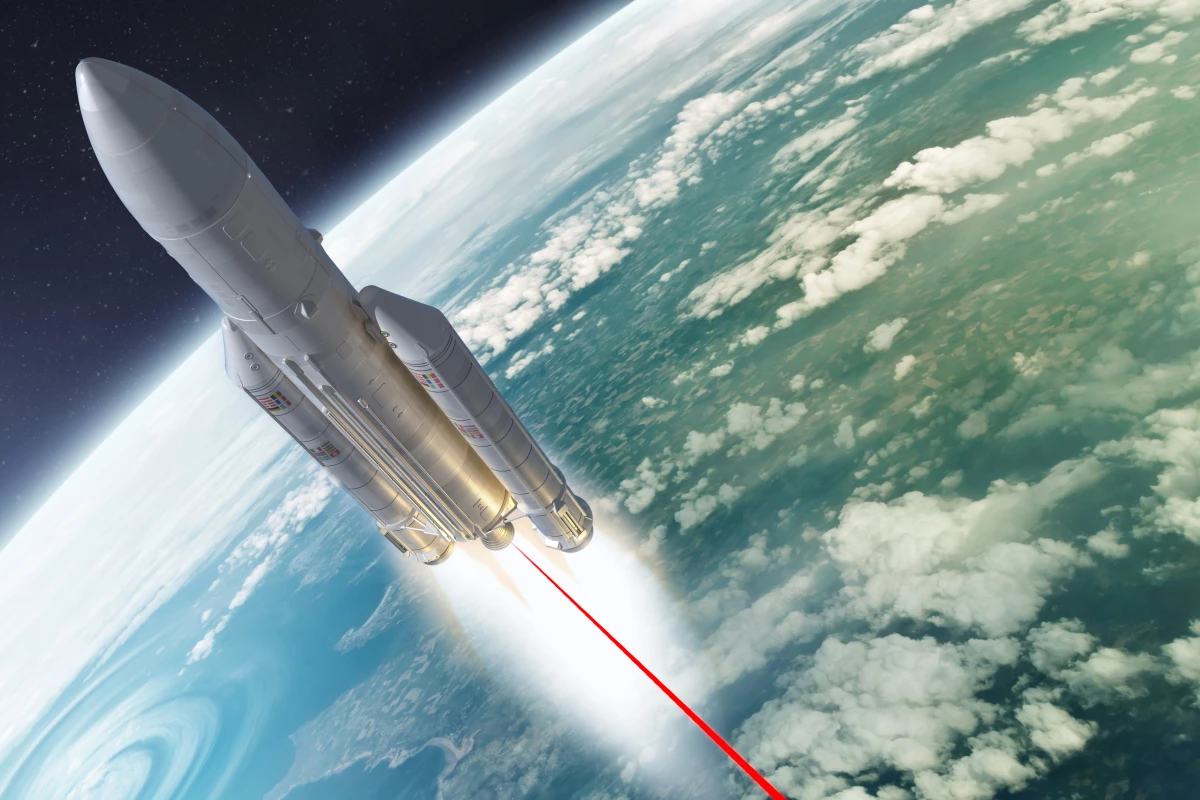The South China Morning Post (SCMP), citing experts from the Nanjing Institute of Electronic Engineering, reported that China has unveiled a working prototype of a global defence system capable of monitoring missile launches from anywhere on the planet.
The system is called a ‘distributed early detection platform using big data’ and has already been tested and implemented by the People’s Liberation Army (PLA).
According to the developers, the prototype is capable of tracking up to 1,000 missiles simultaneously. To do this, it uses data from satellites, radars, optical sensors and reconnaissance platforms on land, in the air, at sea and in space. The technology determines flight trajectories, distinguishes between real warheads and false targets, and transmits information to interception systems.
The system combines information from different regions and platforms, even if they were created by different suppliers and implemented at different times.
By combining data from early warning systems, the platform generates unified results: target tracking, launch alerts, and object identification. This data can be transmitted to different levels of command, providing the PLA with improved situational awareness. According to data from SCMP, the system uses the QUIC (Quick UDP Internet Connections) protocol, which ensures secure and fast data transmission even in the presence of strong interference. The collected information is also used to train AI, which will be integrated into future versions of the platform.

By comparison, US President Donald Trump proposed the idea of creating a global missile defence system called ‘Golden Dome’ in May, but so far there is no clear technical architecture or implementation plan.
Analysts have noted that China is moving forward, while US programmes are facing delays. The development of hypersonic missiles, powerful lasers, sixth-generation fighter jets and electromagnetic catapults has slowed in the US, while China is showing steady progress.





